There are eight actual planets in the Solar System. Navigate through information on all eight below
One JS element here: buttons that navigate through div containers (and the flashing title)
There are eight actual planets in the Solar System. Navigate through information on all eight below
One JS element here: buttons that navigate through div containers (and the flashing title)
Planet 1 Mercury
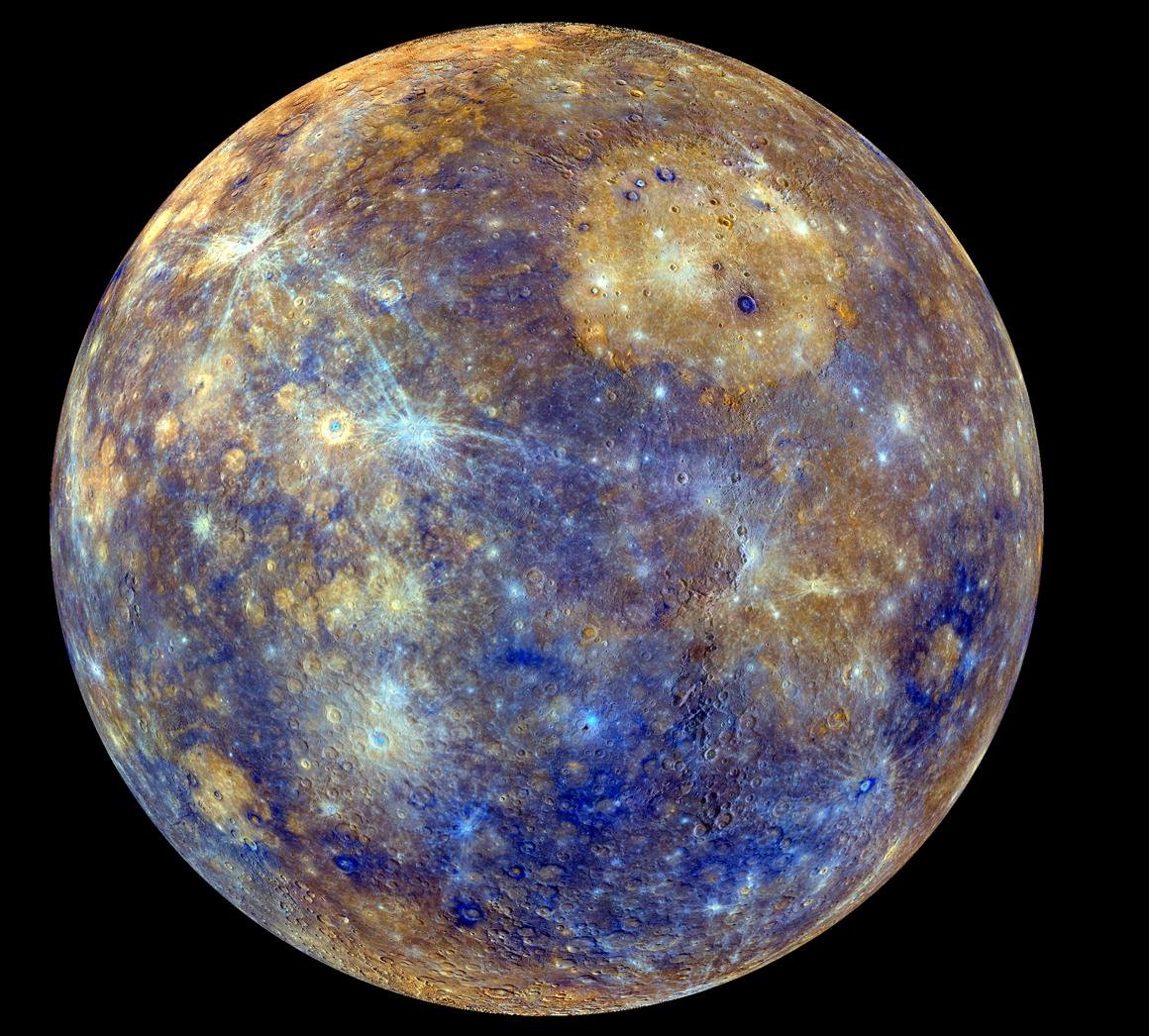
Mercury which is the closest planet to the sun.
Quick facts
Day: About 59 Earth days (to complete one rotation on its axis)
Solar Day: About 176 Earth days (one full day-night cycle)
Year: 88 Earth days
Radius: 2,439.7 kilometres
Moons: 0
Planet 2 Venus

Venus is the second planet from the Sun and is Earth's closest planetary neighbor. It's one of the four inner, terrestrial (or rocky) planets, and it's often called Earth's twin because it's similar in size and density. These are not identical twins, however - there are radical differences between the two worlds.
Planet 3 Earth
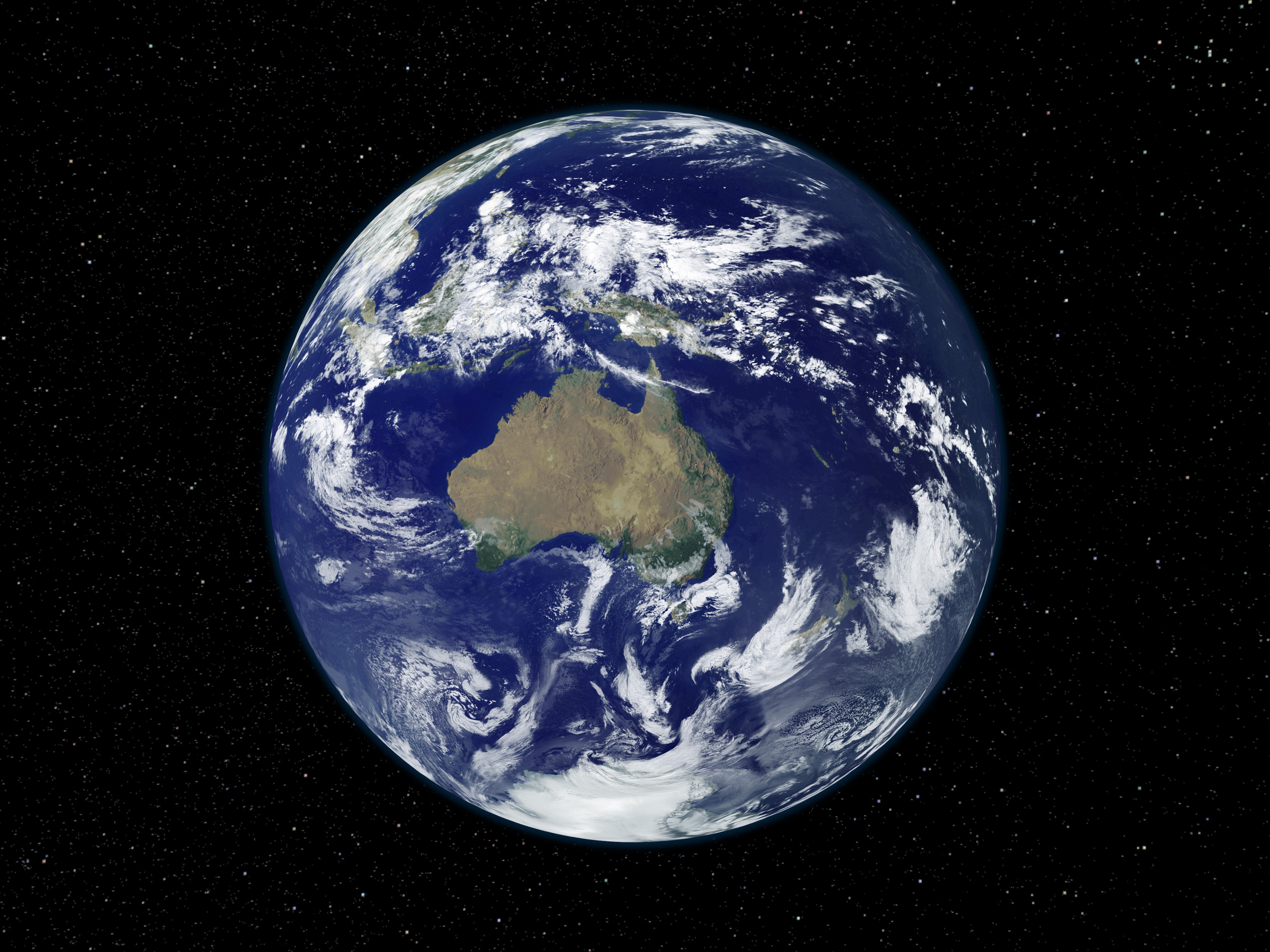
Our home planet is the third planet from the Sun, and the only place we know of so far that's inhabited by living things. While Earth is only the fifth largest planet in the solar system, it is the only world in our solar system with liquid water on the surface. Just slightly larger than nearby Venus, Earth is the biggest of the four planets closest to the Sun, all of which are made of rock and metal.
Planet 4 Mars
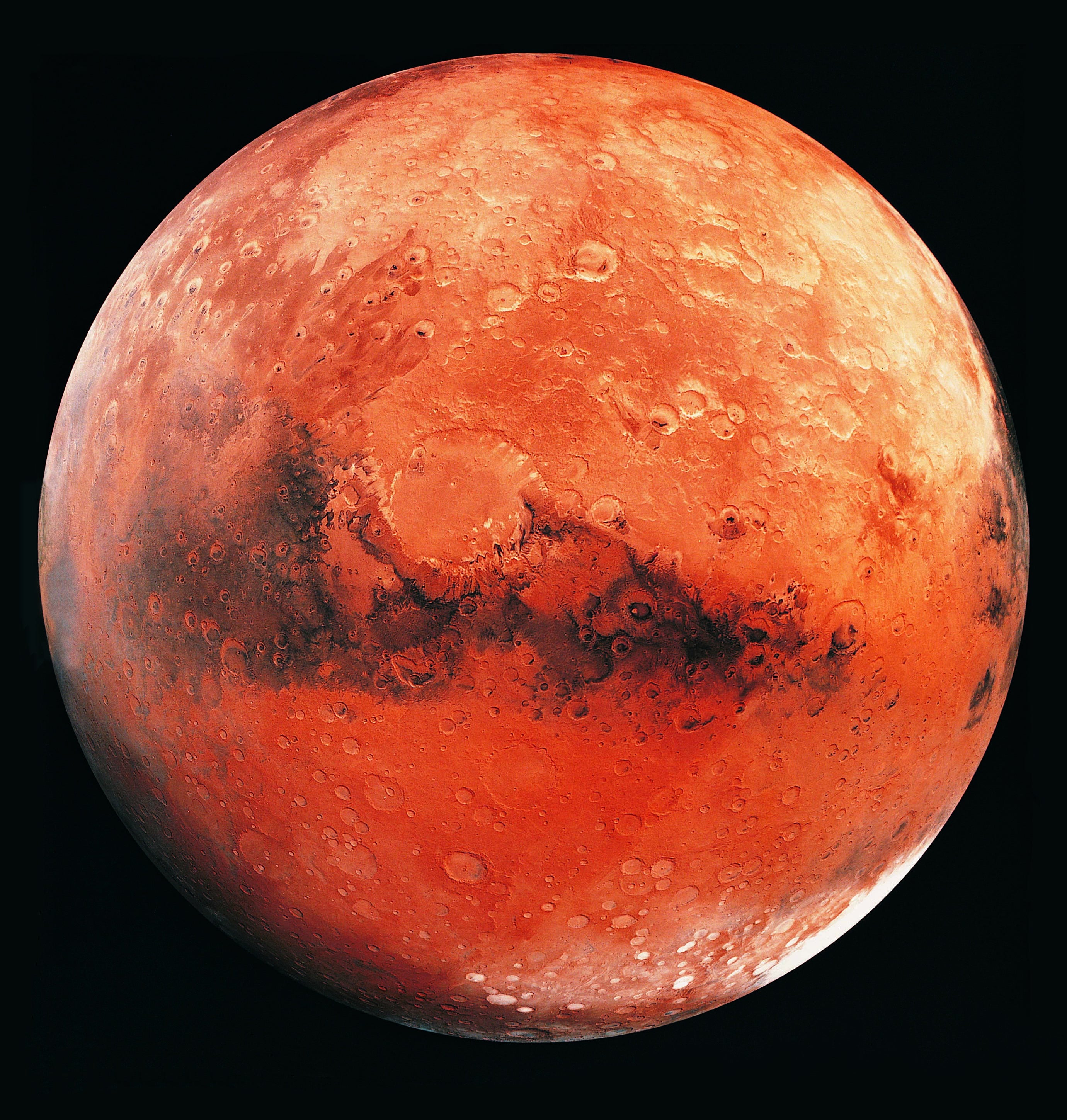
Information here on Mars which is the fourth planet from the sun.
Planet 5
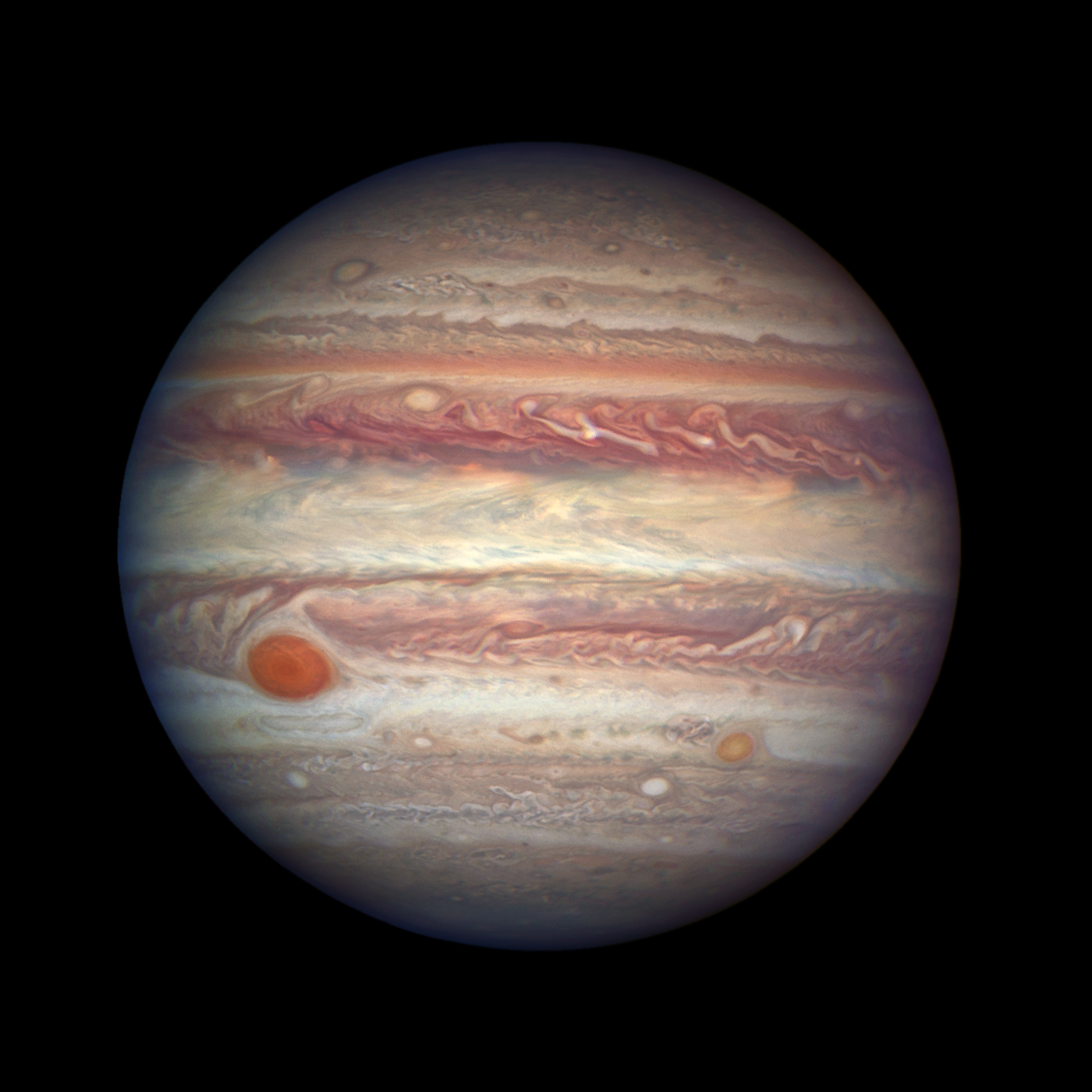
Information here on Jupiter which is the fifth planet from the sun and the biggest!
Planet 6
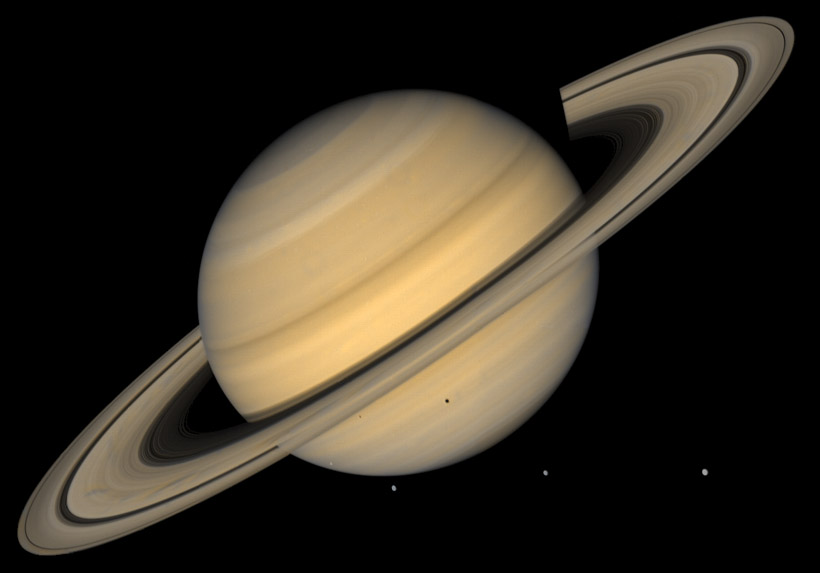
Information here on Saturn which is the sixth planet from the sun.
Planet 7
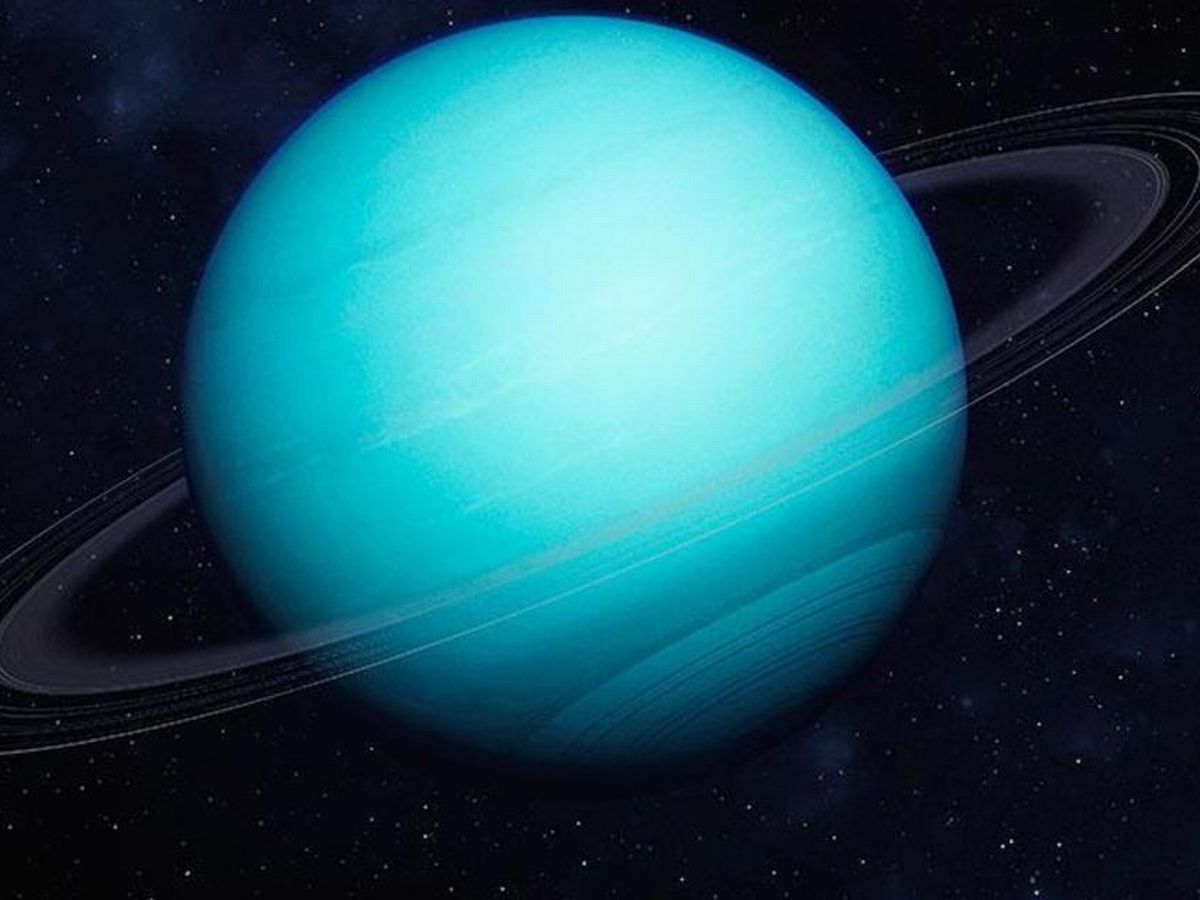
Information here on Uranus which is the seventh planet from the sun.
Planet 8
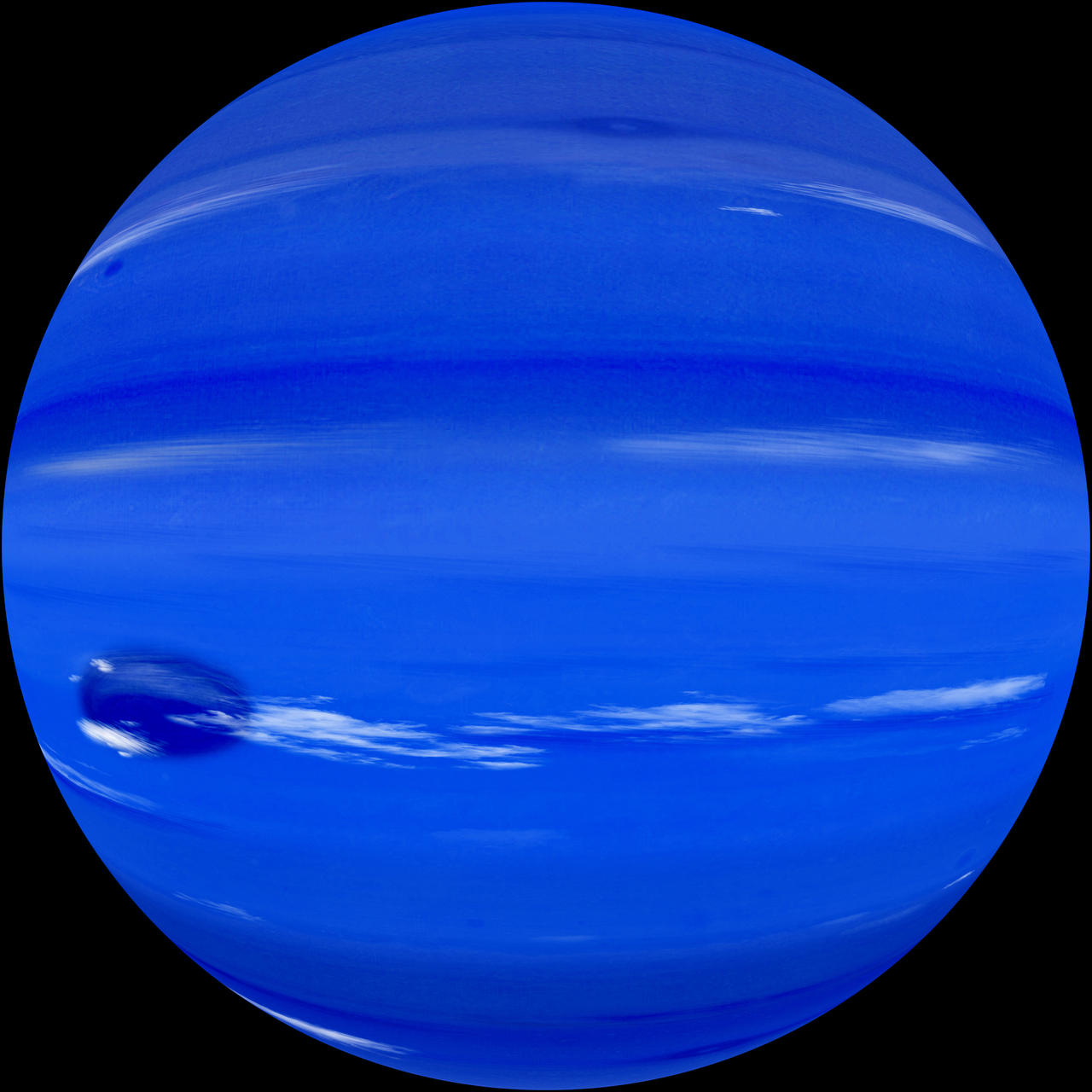
Information here on Neptune which is the eighth planet from the sun and possibly the last planet. Although some people think there is another one further out, possibly 600 AU from the sun.